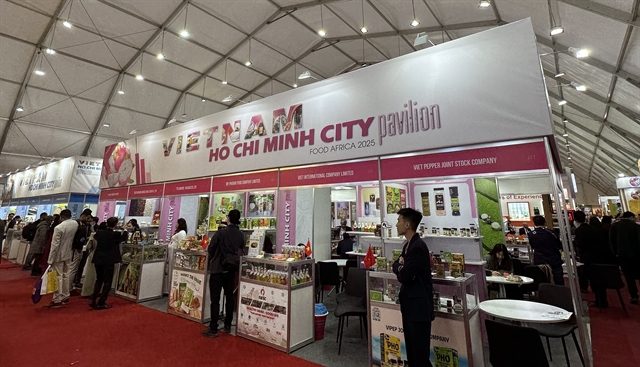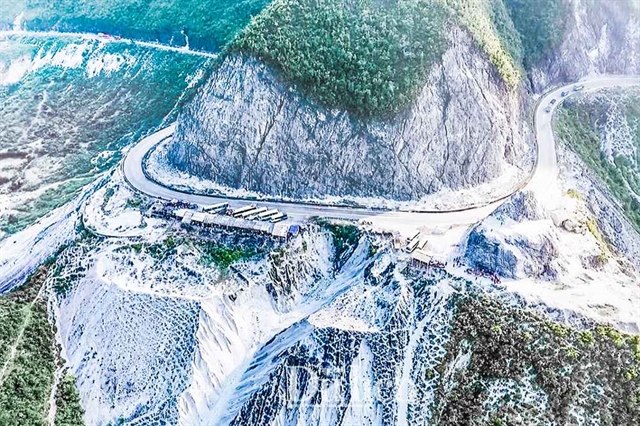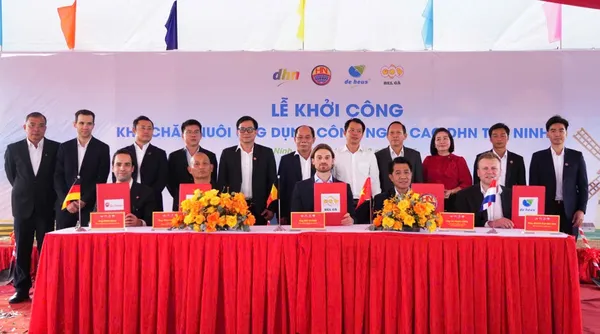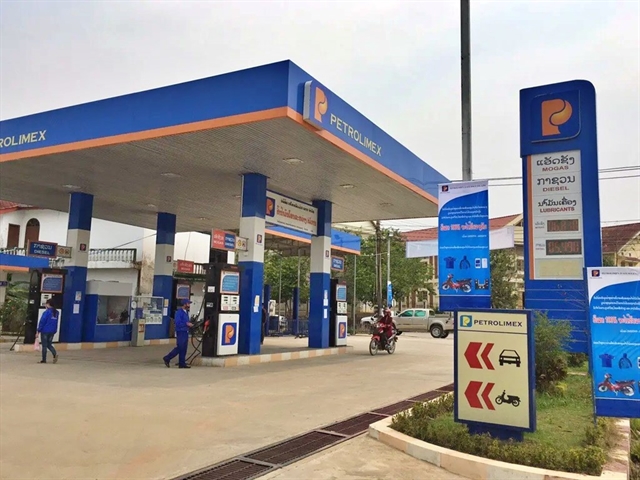 Economy
Economy
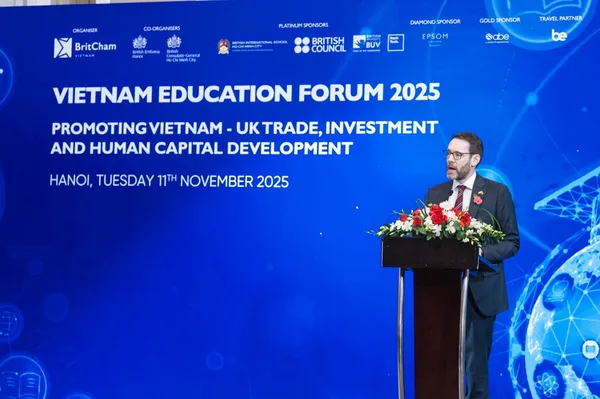

|
| Việt Nam will control Ethoxyquin in feed products for the fishery industry. Photo nongnghiep.vn |
HÀ NỘI - Việt Nam will strengthen controls on Ethoxyquin in feed production for the fishery industry to ensure stability in seafood exports to the EU, according to the Ministry of Agriculture and Rural Development (MARD).
Trần Đình Luân, director of the MARD’s Directorate of Fisheries, said according to an EU decision on controlling Ethoxyquin issued in 2017, the additive will be banned from feed and feed materials for all animals, including aquatic products, from April 1 this year.
The ban was brought in due to fears the additive might cause a risk to human, animal health and the environment.
Ethoxyquin as a feed additive is used in the preservation of fish meal. Most countries set maximum residue limits (MRL) of Ethoxyquin between 77 ppm and 150ppm (parts per million).
The EU regulation is different from the regulations of Japan, the Republic of Korea and the US that have permissible limits of this substance in finished seafood products.
Luân said from now until March 31, the directorate and localities would inspect the use of Ethoxyquin in feed production.
Deputy Minister of Agriculture and Rural Development Phùng Đức Tiến has requested feed producers review the use of Ethoxyquin according to the requirements of export markets, especially the EU, one of Việt Nam's largest seafood export markets.
According to the Việt Nam Association of Seafood Exporters and Producers (VASEP), in 2019, the EU was the largest export market of Vietnamese shrimp with export value of about US$700 million, 21 per cent of national seafood export value. It was also the third largest export market of tra fish with export value of $227 million, accounting for 11.5 per cent.
Trương Đình Hòe, VASEP general secretary, said the association had informed local fishery businesses and animal feed producers about the EU regulation. It had also evaluated Ethoxyquin control at seafood factories as well as difficulties in controlling residue of this additive in export products.
To help local enterprises and supply chains control Ethoxyquin, the VASEP and fishery enterprises had proposed the MARD request feed production enterprises print accurate information about Ethoxyquin on labels. Meanwhile, the Directorate of Fisheries will inspect Ethoxyquin in feed products.
The ministry should propose the EU consider the use of Ethoxyquin in feed materials within limits, the association said.
VASEP has also taken 152 samples of raw shrimp for feed production to test for Ethoxyquin, including samples from a lot of large feed companies, such as CP, Thăng Long, Grobest, Uni President and Tong Wei. These large enterprises make up about 70 per cent of the domestic animal feed market.
The association found 83 of the samples did not meet the EU regulations on Ethoxyquin, or nearly 55 per cent of tested samples. Only raw shrimp of CP Việt Nam did not contain any Ethoxyquin.
The companies said they had not added Ethoxyquin in the feed production process and this substance had been found in fish meal imported from Peru and Chile for domestic feed production. But the imports accounted for a small part of the total volume that those partners in Peru and Chile had exported globally. So, it was hard for them to ask fish meal suppliers to not mix Ethoxyquin in fish meal sent to Việt Nam, according to VASEP.
According to a representative of CP Việt Nam, the company has requested its fish meal and fish oil suppliers not supply feed materials containing Ethoxyquin. It has also strictly controlled Ethoxyquin residue in raw materials before use in production. Therefore, CP Việt Nam’s feed products do not contain Ethoxyquin.
In Việt Nam, the MRL of Ethoxyquin for seafood products is 150ppm while the permissible limits of this substance for Vietnamese export seafood products in the Republic of Korea and Japan are 0.01ppm and 0.2ppm, respectively. - VNS


